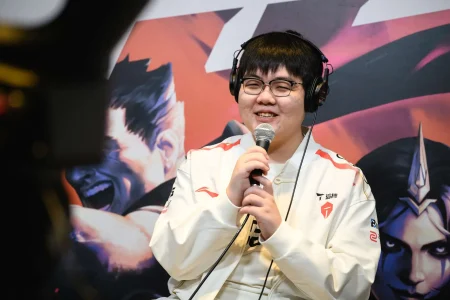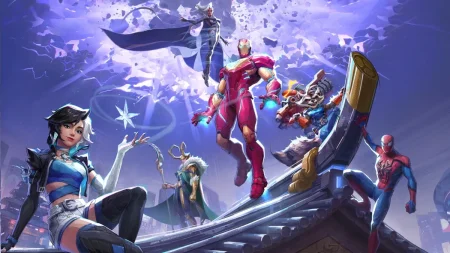The Evolution of League of Legends Strategies
Many strategies in League of Legends have undergone significant changes over the years due to Riot Games’ continuous updates. These updates are designed to keep the game fresh and balanced, often introducing new mechanics and altering existing ones. One strategy, however, has remained stubbornly prevalent even into 2025, much to the confusion of many players. This strategy is the practice of leashing the jungler at the start of the game.
The Historical Context of Leashing
In the early days of League of Legends, it was a common and often necessary practice for the top or bottom lane to leash the jungler. This involved the lane players staying with the jungler at the start of the game to help them take the buff more quickly and efficiently. The primary reasons for this were to ensure the jungler’s health and to allow them to move on to their other camps faster. Some junglers, especially those in difficult matchups, needed this leashing to avoid falling behind early in the game. The assistance provided by leashing could mean the difference between a jungler being able to make timely and effective ganks or being forced to play cautiously and fall behind.
Modern Clearing Mechanics and Player Confusion
Despite Riot Games making level-one clearing much easier through various updates, the practice of leashing persists. This has left many players puzzled and frustrated. In a recent Reddit thread, one player expressed their confusion, noting, "Pretty much anyone can clear their jungle with zero help from their laners, but I still see AD carries pulling the first buff, being late to lane, and even losing experience." The importance of level two for the bottom lane cannot be overstated, as it is one of the more challenging lanes to recover from a disadvantage. Being late to lane or losing experience can significantly impact the bottom lane’s ability to compete, yet players continue to leash their junglers.
The Influence of Player Mindset
Player mentality plays a crucial role in the continuation of this outdated strategy. Some supports and AD carries still do not fully grasp the significance of level two and the potential consequences of aiding the jungler at the expense of their own lane. Moreover, there are junglers who still expect and even demand leashes, throwing tantrums if they do not receive the expected assistance. One player stated, "There are still some supports and AD carries who don’t realize that level 2 is important, and there’s also some junglers that still throw a fit if they don’t get a leash." This combination of ignorance and entitlement perpetuates the practice, even though it is no longer necessary.
The Detriments of Leashing
Not only can leashing be detrimental to your own lane, but it also provides valuable information to the enemy team about the jungler’s starting location. This can lead to counter-strategies such as invasion, which can put the jungler at a significant disadvantage. As one player put it, "Leashing is more detrimental to your jungler than the 3 seconds they save on their clear if you do leash. Reason being, if you leash and come to lane late, the enemy jungler knows instantly where your jungler started, and they can make the appropriate decision to invade or not." This strategic disadvantage can often outweigh the minor time savings gained from leashing.
Current Jungle Item Dynamics and Outdated Practices
The introduction of new jungle items and other mechanical changes have made it much easier for almost every jungler to clear their first camp without assistance. The jungle meta has shifted, and the reliance on leashes is no longer a critical factor for most junglers. Despite this, the practice continues, driven by a mix of fear of griefing and the stubborn adherence to old habits. Players often feel pressured to leash to avoid being blamed for a poor start, while junglers remain set in their ways, clinging to a strategy that was necessary a decade ago but is now obsolete. This dynamic highlights the often slow and resistant nature of player adaptation in games with long-standing traditions and deeply ingrained strategies.











